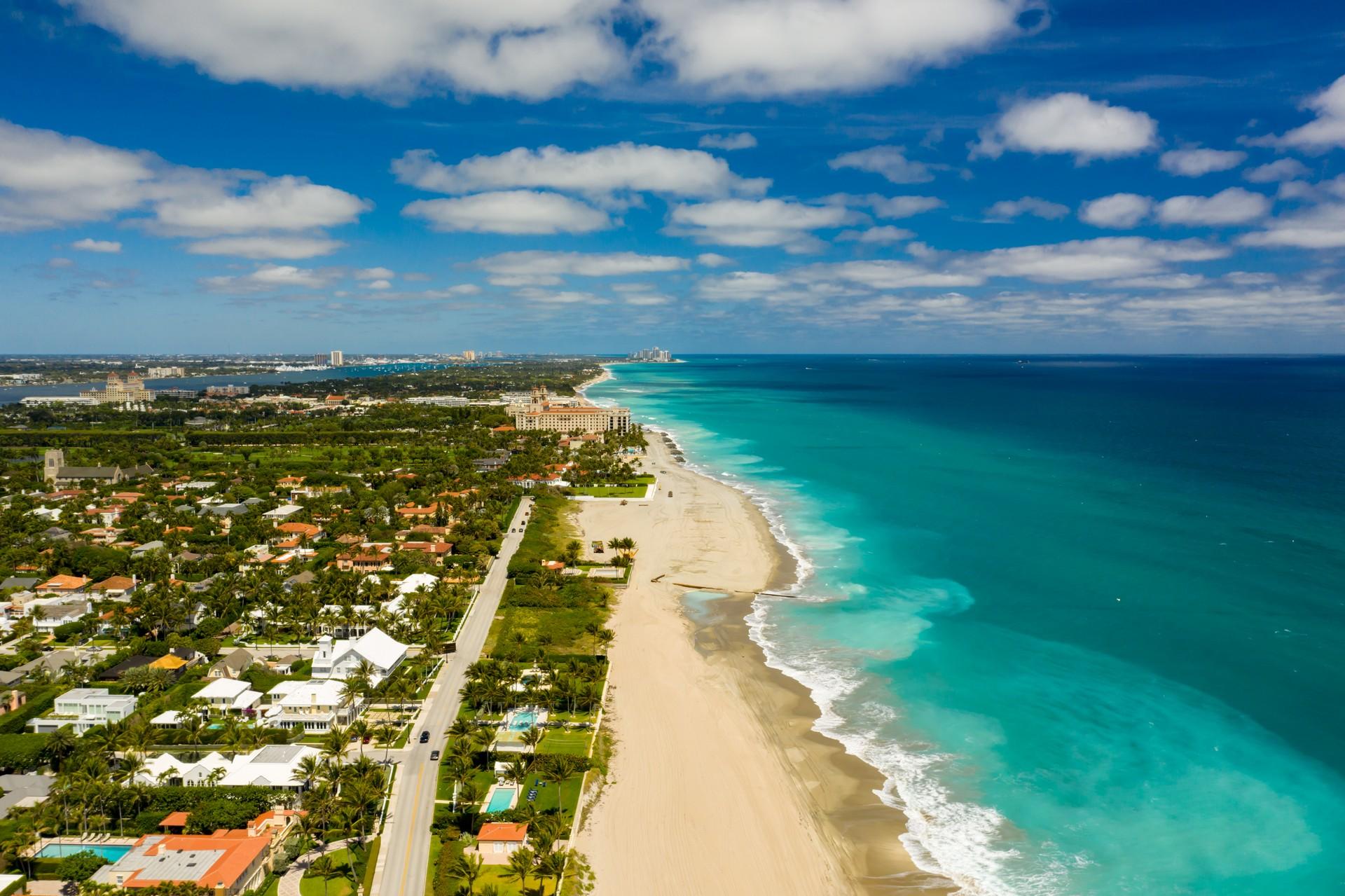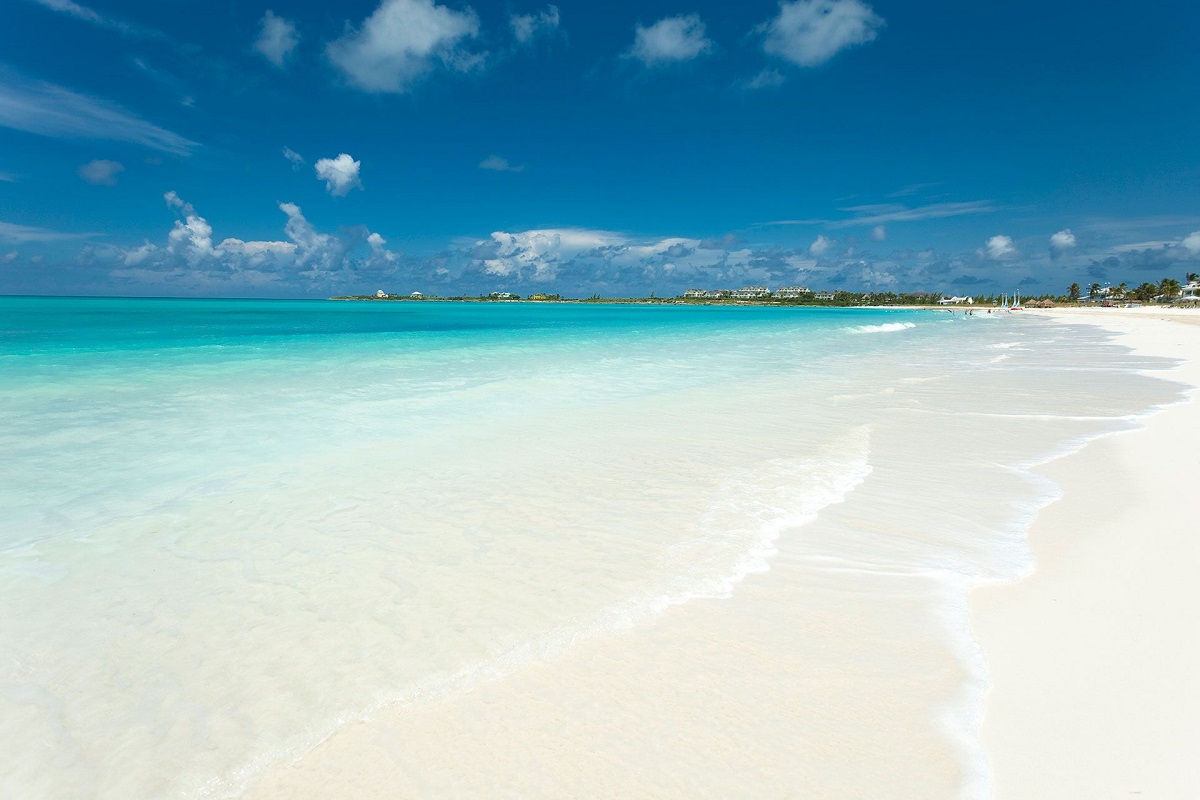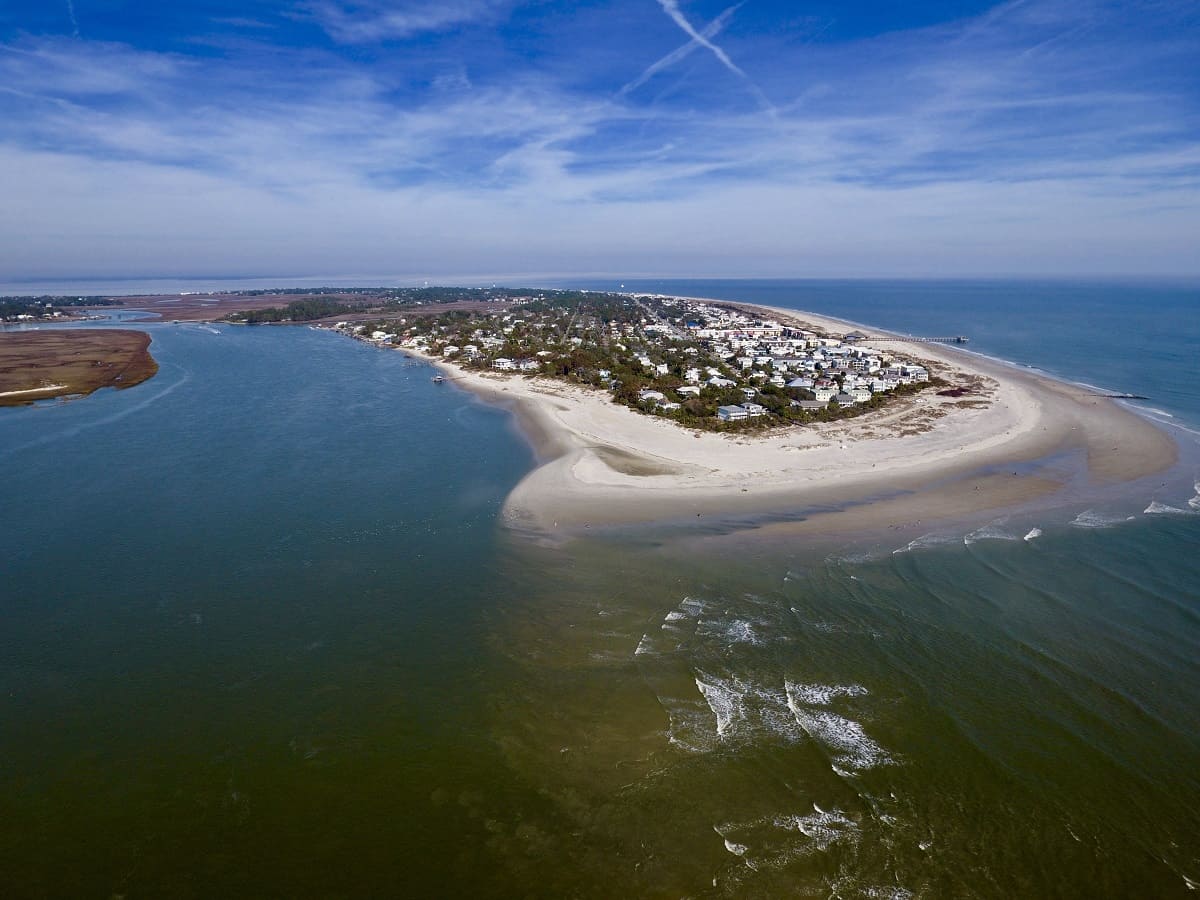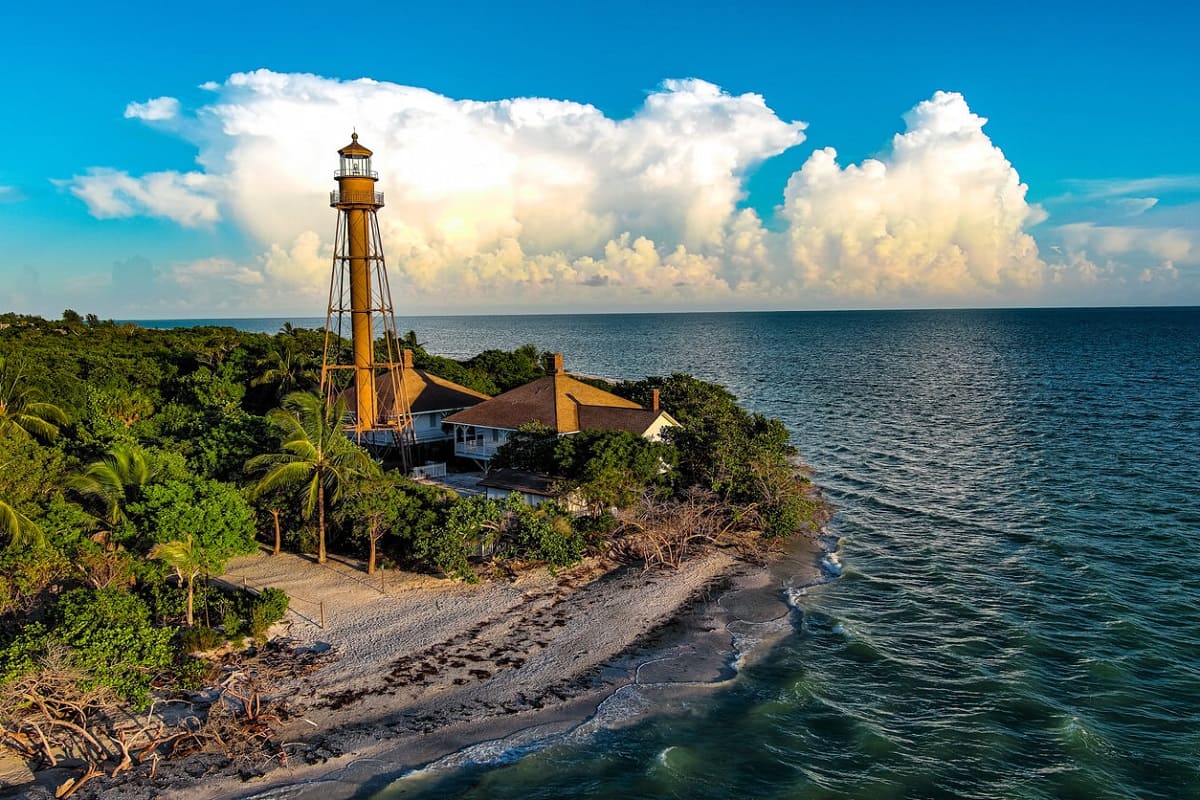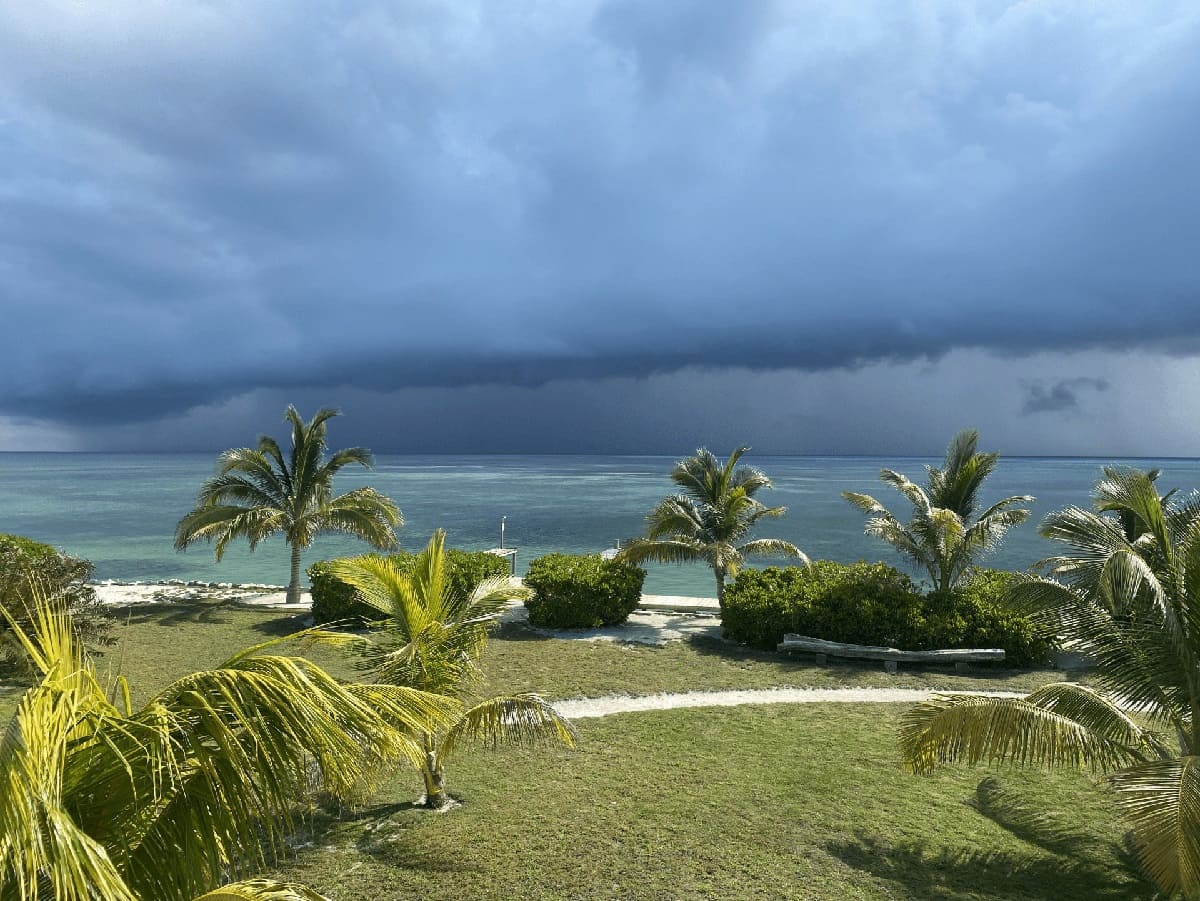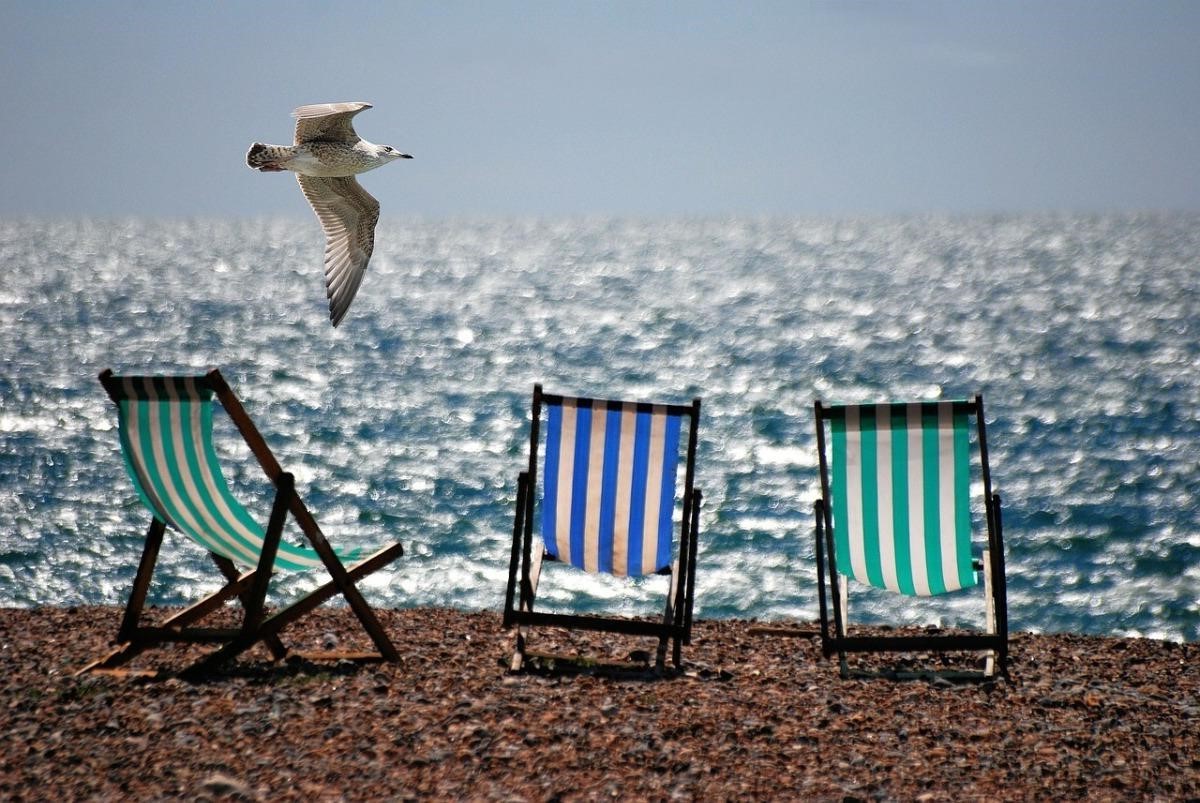Home>Outdoor & Recreation>Virginia Beach Water Temperature: Everything You Need To Know
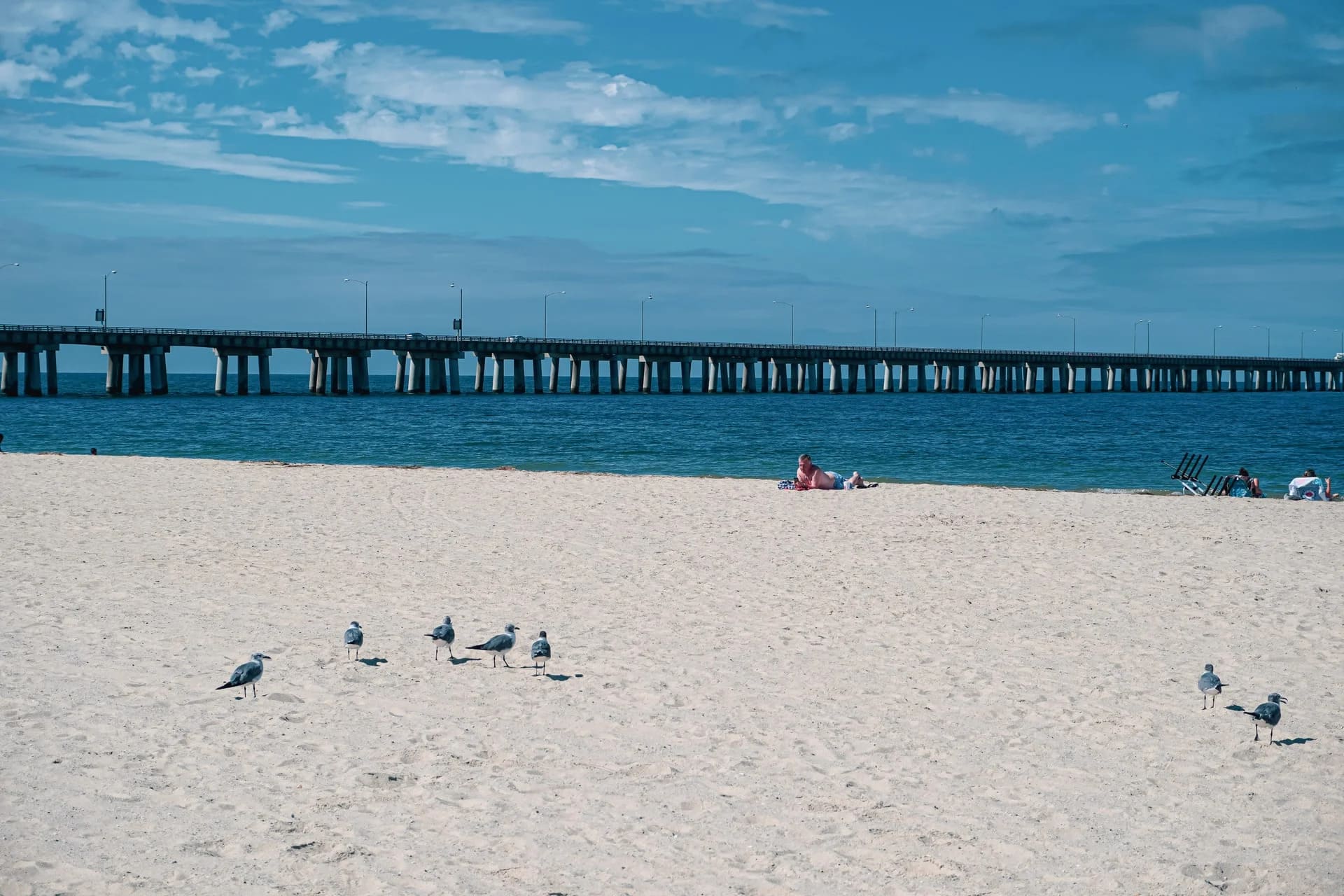

Outdoor & Recreation
Virginia Beach Water Temperature: Everything You Need To Know
Modified: June 2, 2024
Discover the ideal Virginia Beach water temperature for your outdoor and recreation activities. Get all the essential information you need to make the most of your time by the water.
(Many of the links in this article redirect to a specific reviewed product. Your purchase of these products through affiliate links helps to generate commission for Temperatures.com, at no extra cost. Learn more)
Table of Contents
Understanding Water Temperature
Water temperature plays a crucial role in shaping the experiences of beachgoers and water enthusiasts. It directly influences the comfort and safety of swimmers, surfers, and other water sports enthusiasts. Understanding the nuances of water temperature is essential for making the most of your time at Virginia Beach.
The water temperature at Virginia Beach varies throughout the year, with distinct patterns that cater to different preferences and activities. During the summer months, from June to August, the water temperature typically ranges from a balmy 75°F to 80°F (24°C to 27°C). This warmth creates an inviting environment for swimming, surfing, and various water sports. As the seasons transition into fall, the water temperature gradually decreases, offering a refreshing coolness that appeals to those seeking a more invigorating aquatic experience.
In the winter months, from December to February, the water temperature at Virginia Beach hovers around a cooler 45°F to 50°F (7°C to 10°C). While this may deter casual swimmers, it presents an exciting opportunity for cold-water enthusiasts and anglers. The cooler temperatures also contribute to the unique charm of the beach, attracting visitors who appreciate the serene beauty of the coastline during the off-peak season.
Understanding the fluctuations in water temperature enables visitors to align their expectations and activities with the prevailing conditions. Whether you seek the warmth of summer waters for leisurely swims or the brisk embrace of cooler temperatures for invigorating water sports, being attuned to the nuances of water temperature enhances your overall experience at Virginia Beach.
Factors Affecting Virginia Beach Water Temperature
The water temperature at Virginia Beach is influenced by a myriad of factors, each contributing to the dynamic and ever-changing aquatic environment. Understanding these factors is essential for gaining insight into the fluctuations in water temperature and their impact on beachgoers and water enthusiasts.
-
Seasonal Variations: Virginia Beach experiences distinct seasonal changes that significantly affect water temperature. During the summer months, the sun's radiant heat warms the coastal waters, elevating the water temperature to a comfortable range for swimming and water sports. In contrast, the winter season brings cooler temperatures, as the reduced solar radiation and colder air temperatures cause the water to cool down, creating a different aquatic experience.
-
Ocean Currents: The intricate network of ocean currents plays a pivotal role in regulating water temperature at Virginia Beach. Warm ocean currents can elevate the water temperature, creating favorable conditions for beach activities, while colder currents can result in cooler waters, influencing the types of recreational activities that are viable at different times of the year.
-
Weather Patterns: The prevailing weather conditions, including air temperature, wind patterns, and cloud cover, exert a direct influence on water temperature. Sunny days contribute to the gradual warming of the water, while overcast or windy conditions may lead to fluctuations in temperature, impacting the overall aquatic environment.
-
Depth and Shores: The depth of the coastal waters and the nature of the shoreline also contribute to water temperature variations. Shallow waters tend to respond more rapidly to changes in air temperature, while the composition of the shoreline, such as sandy versus rocky shores, can influence the rate at which the water absorbs and retains heat.
-
Human Activity: Human interaction with the coastal environment can also affect water temperature. Urban development, construction, and recreational activities can introduce localized changes that may influence the temperature of the surrounding waters, albeit to a lesser extent compared to natural factors.
By considering these multifaceted factors, visitors and locals alike can gain a deeper appreciation for the intricate interplay of elements that shape the water temperature at Virginia Beach. This understanding empowers individuals to make informed decisions regarding their beach activities, ensuring an enjoyable and fulfilling experience in harmony with the prevailing aquatic conditions.
Best Times to Enjoy the Water
The best times to relish the waters of Virginia Beach are intricately linked to the seasonal variations in water temperature. During the summer months, from June to August, the coastal waters embrace a delightful warmth, with temperatures ranging from 75°F to 80°F (24°C to 27°C). This period heralds the peak of beach activity, offering an idyllic setting for swimming, surfing, and a myriad of water sports. The balmy waters beckon enthusiasts to indulge in leisurely aquatic pursuits, basking in the sun-kissed ambiance while reveling in the refreshing embrace of the ocean.
As the summer transitions into fall, the water temperature gradually recedes, presenting a different yet equally enchanting experience. The cooler waters, ranging from 65°F to 70°F (18°C to 21°C), cater to individuals seeking a more invigorating aquatic encounter. This transitional period is ideal for brisk swims, beachcombing, and engaging in water sports that thrive in the crisp embrace of autumnal waters. The serene ambiance and milder temperatures create an enchanting backdrop for those who appreciate the tranquility of the beach during the shoulder season.
In contrast, the winter months, from December to February, usher in a unique allure for cold-water enthusiasts and nature admirers. While the water temperature ranges from 45°F to 50°F (7°C to 10°C), the beach exudes a serene charm, inviting visitors to embrace the raw beauty of the coastline during the off-peak season. Anglers are drawn to the cooler waters, enticed by the abundance of cold-water fish species that thrive in these conditions. Additionally, the winter months offer a captivating opportunity for contemplative walks along the shore, allowing individuals to immerse themselves in the tranquil ambiance of the beach during this distinct time of year.
Understanding the nuances of water temperature enables beachgoers to align their preferences and activities with the prevailing conditions, ensuring an enriching and fulfilling experience at Virginia Beach. Whether it's the vibrant energy of summer waters, the invigorating allure of autumnal temperatures, or the serene charm of winter's embrace, each season presents a unique invitation to savor the coastal waters in their own captivating way.
Safety Precautions for Different Water Temperatures
Adhering to safety precautions tailored to specific water temperatures is paramount for ensuring a secure and enjoyable aquatic experience at Virginia Beach. Each distinct temperature range presents unique considerations that warrant attention to safeguard the well-being of beachgoers and water enthusiasts.
Warmer Water Temperatures (Summer Months)
During the summer months, when the water temperature ranges from 75°F to 80°F (24°C to 27°C), it is essential to prioritize hydration and sun protection. Engaging in water activities under the scorching sun can lead to dehydration and sunburn, underscoring the importance of staying adequately hydrated and applying sunscreen with a high SPF rating. Additionally, swimmers and surfers should remain mindful of the potential for heat exhaustion and heatstroke, taking regular breaks in shaded areas to prevent overexertion.
Transitional Water Temperatures (Spring and Fall)
As the seasons transition, with water temperatures ranging from 65°F to 70°F (18°C to 21°C), it is crucial to exercise caution when immersing in cooler waters. Individuals partaking in water sports or swimming during this period should be mindful of the potential for rapid cooling of the body, which can lead to hypothermia if prolonged exposure occurs. Wearing appropriate wetsuits or thermal gear can mitigate the risk of hypothermia, ensuring that the body retains sufficient warmth during aquatic activities.
Cooler Water Temperatures (Winter Months)
In the winter months, when the water temperature hovers around 45°F to 50°F (7°C to 10°C), additional precautions are necessary to navigate the colder aquatic environment. Cold-water immersion presents inherent challenges, necessitating a heightened awareness of the potential for cold shock response and decreased dexterity. Individuals venturing into the water during this period should prioritize wearing insulated wetsuits and protective gear to minimize heat loss and maintain body temperature. Moreover, being vigilant about the onset of hypothermia is crucial, as the body's susceptibility to temperature-related conditions is heightened in colder waters.
By adhering to these tailored safety precautions corresponding to different water temperatures, beachgoers and water enthusiasts can partake in aquatic activities with confidence and peace of mind. Prioritizing safety measures ensures that the allure of Virginia Beach's coastal waters can be enjoyed responsibly, fostering a harmonious coexistence with the dynamic aquatic environment.
Activities to Enjoy in Different Water Temperatures
Warmer Water Temperatures (Summer Months)
When the coastal waters of Virginia Beach embrace warmer temperatures, ranging from 75°F to 80°F (24°C to 27°C) during the summer months, a plethora of aquatic activities beckon enthusiasts. The balmy waters create an inviting playground for swimmers, offering an ideal setting for leisurely dips and invigorating swims. Families and friends can revel in the joy of frolicking in the gentle surf, creating cherished memories amidst the sun-kissed ambiance of the beach.
Surfing enthusiasts are greeted by favorable conditions, with the warm waters providing an exhilarating backdrop for riding the waves. The summer months at Virginia Beach are synonymous with vibrant energy and bustling water sports, making it an opportune time for individuals to engage in paddleboarding, kayaking, and jet skiing. The temperate waters offer a welcoming embrace for these activities, fostering an environment ripe for adventure and aquatic exploration.
Transitional Water Temperatures (Spring and Fall)
As the seasons transition and the water temperatures range from 65°F to 70°F (18°C to 21°C), a different yet equally enchanting aquatic experience unfolds. The cooler waters present an ideal opportunity for anglers to indulge in fishing expeditions, as various cold-water fish species thrive in these conditions. The tranquil ambiance of the beach during this period also sets the stage for contemplative walks along the shore, allowing individuals to immerse themselves in the serene beauty of the coastline.
Water sports enthusiasts can capitalize on the invigorating allure of the transitional temperatures by partaking in activities such as windsurfing and kiteboarding. The brisk embrace of the autumnal waters adds an element of thrill to these sports, creating an exhilarating environment for enthusiasts to harness the power of the wind and waves.
Cooler Water Temperatures (Winter Months)
During the winter months, when the water temperature hovers around 45°F to 50°F (7°C to 10°C), a unique charm envelops Virginia Beach. Cold-water enthusiasts can seize the opportunity to engage in cold-water swimming, embracing the invigorating allure of the cooler waters. The serene ambiance of the beach during the off-peak season offers a captivating backdrop for individuals seeking solitude and introspection amidst the raw beauty of the coastline.
Anglers are drawn to the cooler waters, enticed by the abundance of cold-water fish species that thrive in these conditions. The winter months present an opportune time for fishing excursions, allowing anglers to immerse themselves in the tranquility of the coastal environment while pursuing their passion for angling.
By aligning activities with the prevailing water temperatures, beachgoers and water enthusiasts can savor the diverse offerings of Virginia Beach's coastal waters, ensuring an enriching and fulfilling experience in harmony with the dynamic aquatic environment.
